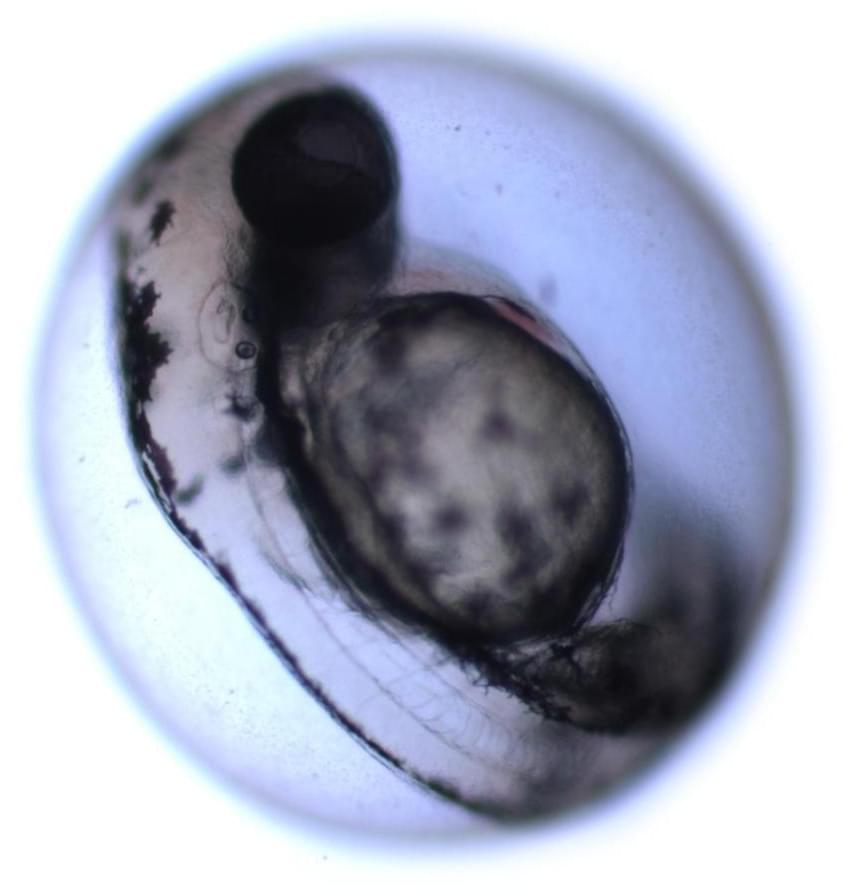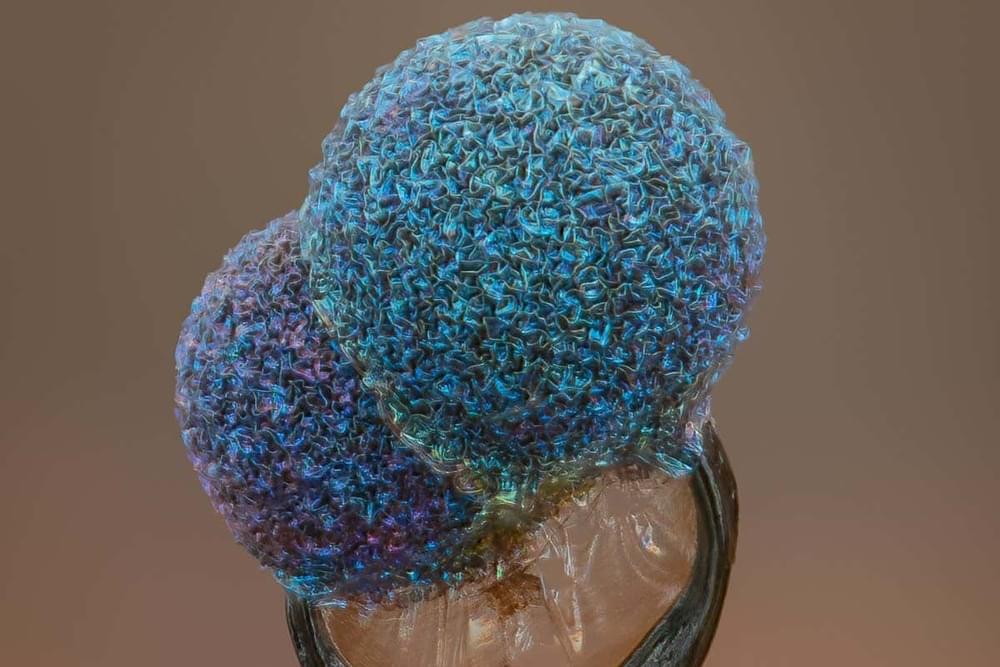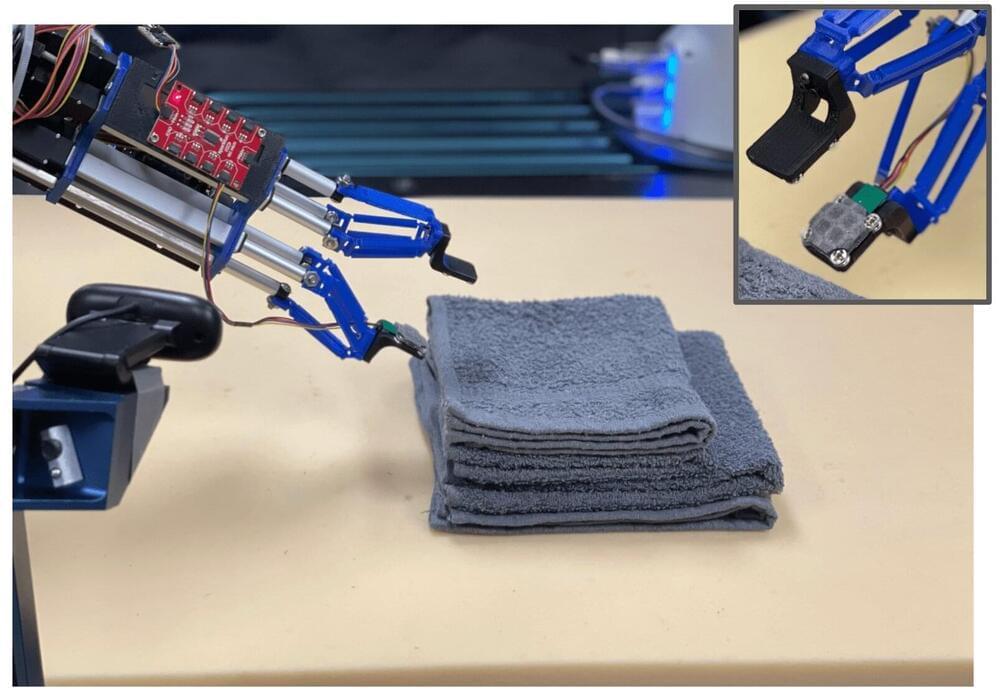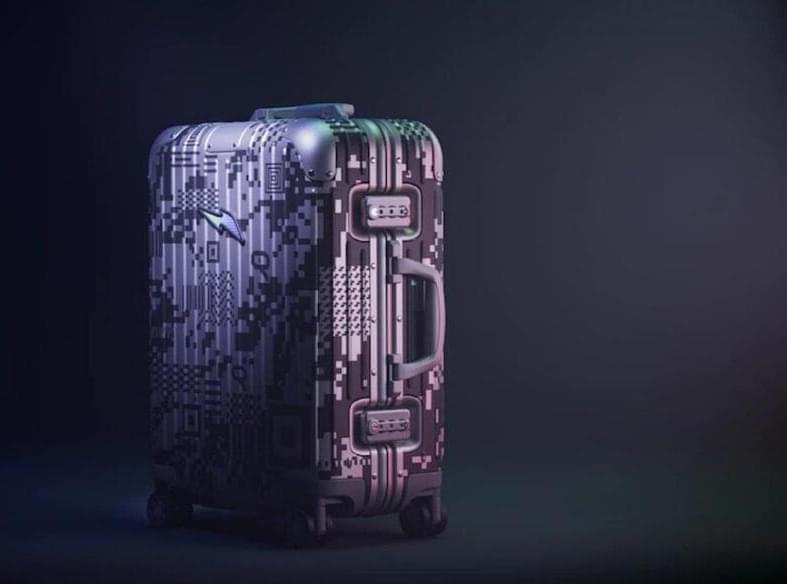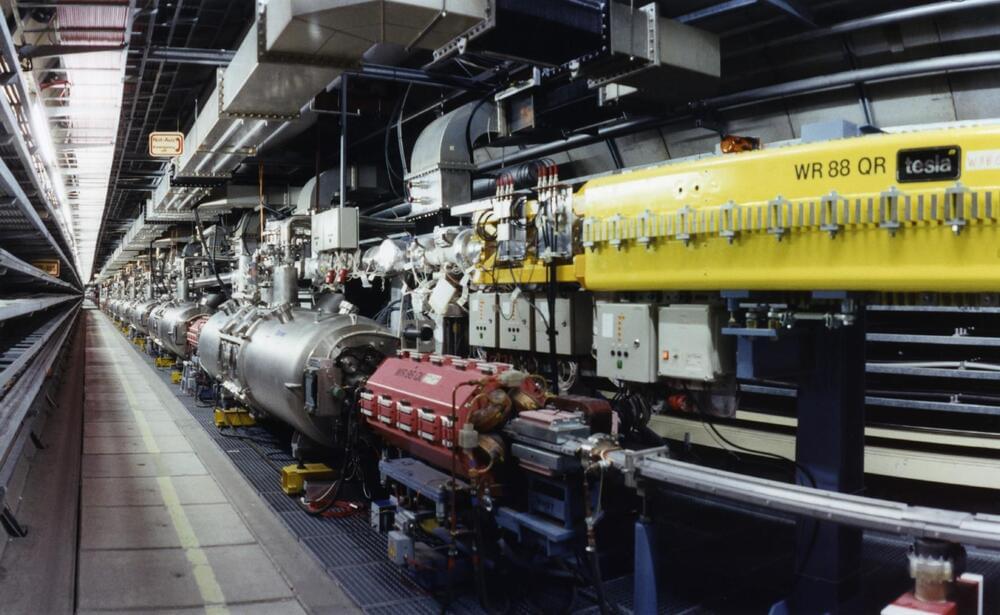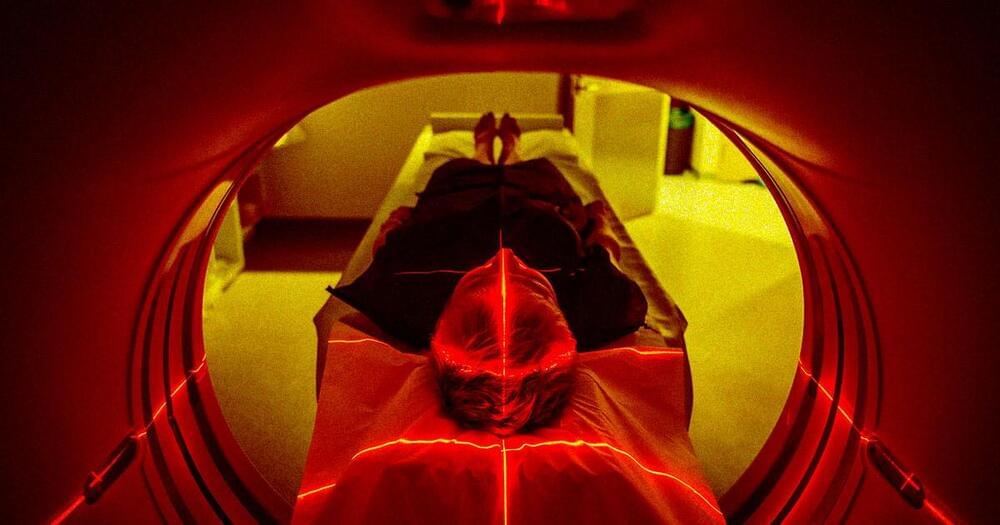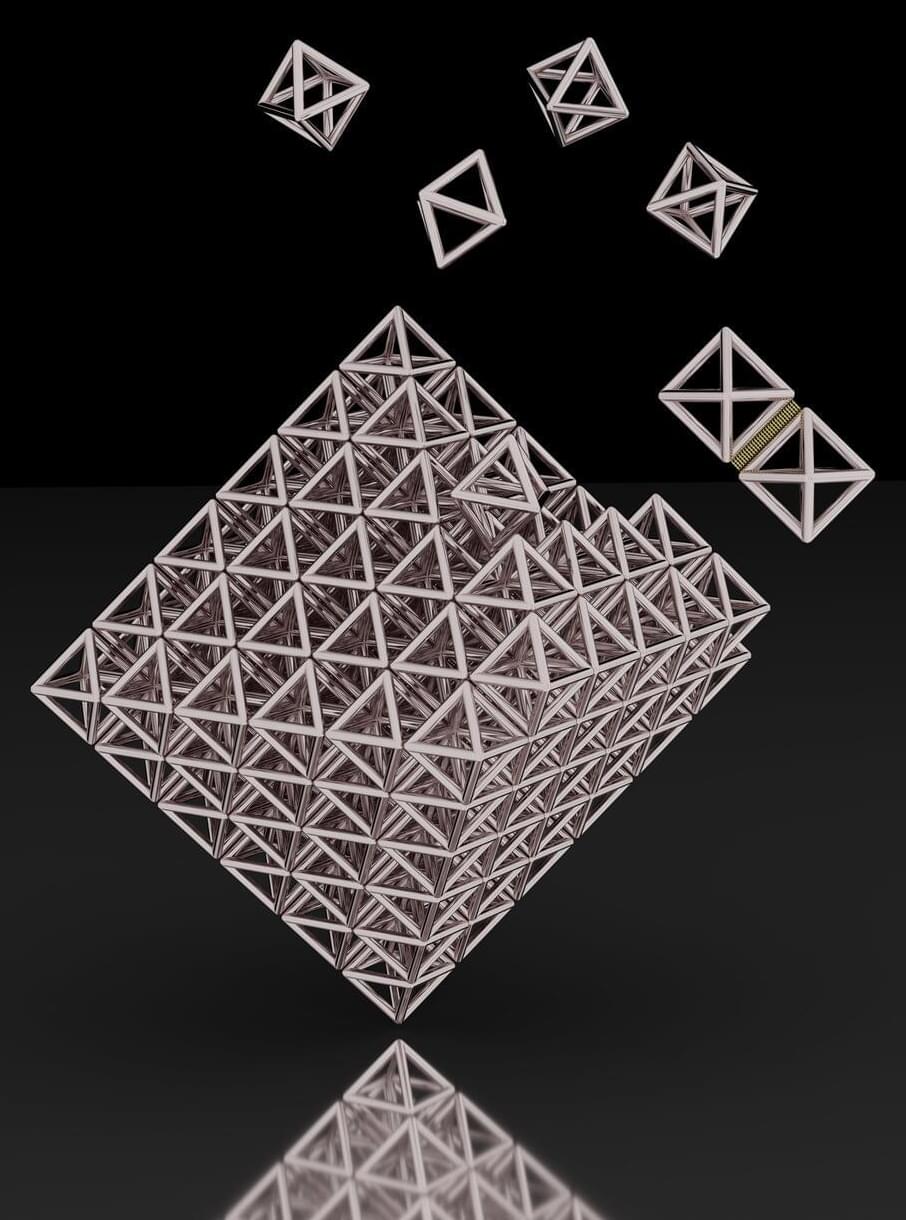Oct 27, 2022
Scientists Identify a Unique Set of Proteins That Restore Hearing
Posted by Genevieve Klien in categories: biotech/medical, health
Researchers at the National Institutes of Health have identified a particular protein network that is necessary for cell regeneration to restore hearing in zebrafish. Researchers at the National Human Genome Research Institute (NHGRI) led the research, which may help in the creation of human hearing loss treatments. The findings were recently published in the journal Cell Genomics.
Many animals, like zebrafish, may recover their hearing after injury through the regeneration of hair cells, however, human hair cell loss cannot be restored. The regenerating properties of zebrafish hair cells inspired researchers to use this species to better understand certain fundamental properties of regeneration.
